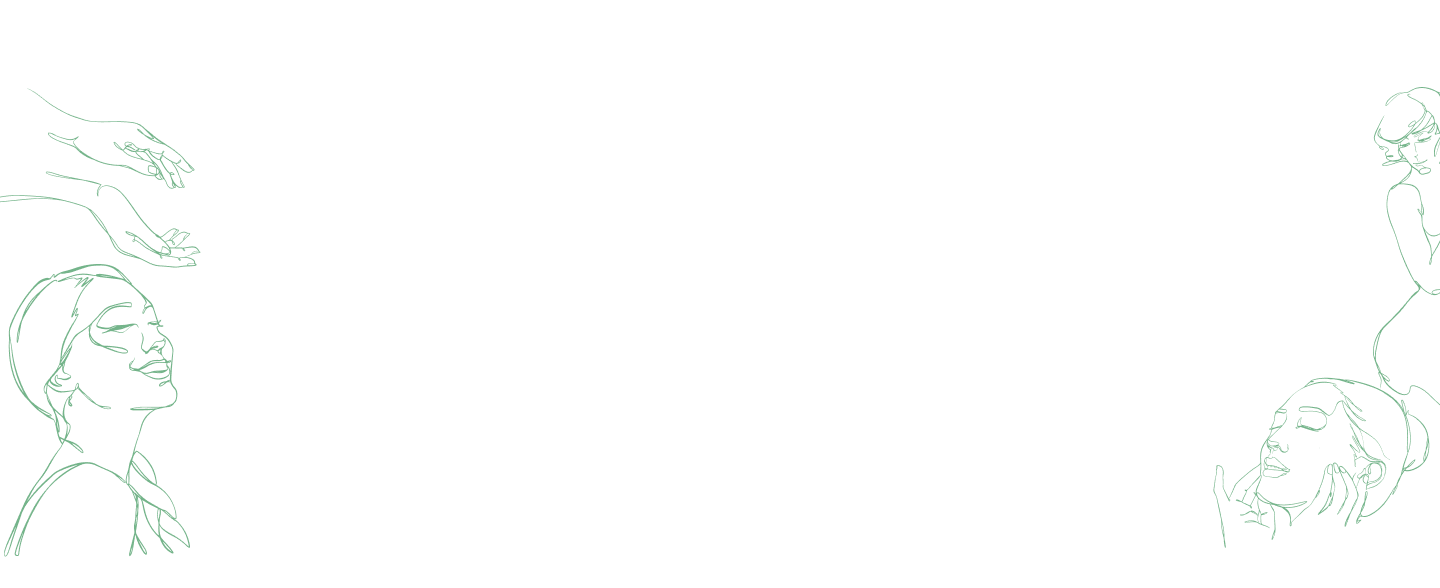Prenons soin de vous
Rendez-vous dans notre Centre médical et esthétique à Bruxelles.

Expérience établie
Depuis 2003, nous nous consacrons à parfaire nos services et à rester à la pointe des avancées médicales en matière de soins esthétiques.
Read More
Equipements modernes
Nous investissons continuellement dans les technologies les plus récentes pour vous offrir des traitements à la pointe de l'innovation.
Read More
Lieu prestigieux
Implantés dans une avenue renommée, notre emplacement symbolise l'élégance et l'exclusivité qui caractérisent notre approche des soins esthétiques.
Read More


ESPACE BRAFFORT
Bienvenue à la clinique
Chez Espace Medical Braffort, nous sommes fiers de vous accueillir depuis 2003 dans notre clinique dédiée aux soins esthétiques d'exception. Situés au cœur d'une prestigieuse avenue, notre bâtiment du début du 20ème siècle a été entièrement rénové en profondeur en 2020 pour abriter notre nouvelle clinique, alliant ainsi le charme du passé à l'innovation du présent.
Nous sommes soucieux du bien-être de nos patients, c’est pour cela que nous utilisons les procédés les plus modernes en ce qui concerne la médecine esthétique. Grâce à notre équipe multidisciplinaire (médecin et kinésithérapeute), vous êtes pris en charge de manière personnalisée et adaptée à vos besoins.

Médecine Esthétique et Centre laser
Au Centre de Médecine Esthétique et Laser, nous offrons des traitements avancés alliant technologie de pointe et soins personnalisés. Notre équipe expérimentée s'engage à améliorer votre beauté naturelle et votre bien-être, garantissant sécurité et résultats optimaux. Une expérience unique de soins esthétiques vous attend, où qualité et confort sont notre priorité.
Médecine thérapeutique
L’Espace Braffort répond à vos besoins avec des praticiens expérimentés : consultation en chirurgie générale et esthétique, mésothérapie, ostéopathie, kinésithérapie et nutrition.
Médecine esthétique
Nos procédures comprennent l'épilation laser, le traitement des cicatrices, l'atténuation des rides, ainsi que la correction des lésions pigmentaires et vasculaires. Nous offrons également des solutions efficaces pour les vergetures, la cellulite et la réduction des excès graisseux. Grâce à des technologies de pointe et des méthodes douces,
Sécurité et traitements
Votre sécurité est notre priorité absolue. Chez Espace Medical Braffort, nous nous engageons à maintenir des normes strictes de sécurité et d'hygiène, assurant ainsi un environnement sain pour tous nos patients.


Services à la une
Vous aussi, bénéficiez de nos soins les plus prisés par notre patientèle
Notre équipe
 Directeur Mr T Yildiz
Directeur Mr T Yildiz
Fondateur Espace Medical Braffort 1ère Consultation, Lasers & Radiofréquences en Médecine esthétique Coolsculpting & Thermage FLX
 Dr S Resimont
Dr S Resimont
Injectables visage, Fils Tenseurs, Médecine anti âge
 Dr K Arslan
Dr K Arslan
Injectables visage Fiils Tenseur visage Chirurgie esthétique
 Mme L Massaux
Mme L Massaux
Physiotherapeute Endermologie Velashape 3, Emtone, Emsculpt Neo Hydrafacial
 Mr J M Dao
Mr J M Dao
Physiotherapeute Endermologie Velashape 3, Emtone, Emsculpt Neo Epilation Laser
 Mme D Michaux
Mme D Michaux
Infirmière spécialisé en esthétqiue PRP cheveux
 Mr Y Latrache
Mr Y Latrache
Physiothérapeute Coach Sportif privé
 Dr Z El Husseini
Dr Z El Husseini
Chirirurgie Générale
 Mme A Snelders
Mme A Snelders
Nutritionniste
Nos Avis Google
5 avis



-thumb_320.jpg)







.png)
.png)
.png)
.png)
.png)